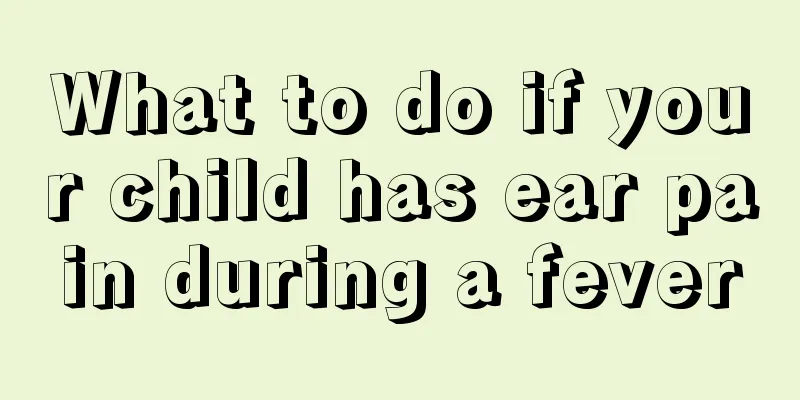How to add complementary foods

|
Food is very common, and there are many types of food. You cannot choose food arbitrarily, especially when your baby is young. You must pay attention to the choice of complementary food. You cannot feed your baby randomly. This will not be good for the baby's body in any way, and the wrong choice will cause harm to the baby's body. So how to add complementary food? Many parents do not know much about how to add complementary foods, so when adding complementary foods to their babies, they do not know what to do. When choosing complementary foods for their babies, they should focus on whether they are suitable for the baby, otherwise it will pose some threats to all aspects of the baby's body. How to add complementary foods: (1) Adapt to the baby's age; (2) From one to many; (3) Complementary food should be fresh, hygienic and tasty; (4) Be in a happy mood when eating; (5) from thin to thick; (6) From fine to coarse; (7) Stop adding immediately if you feel any discomfort; (8) Do not eat liquid or pureed foods for too long. Complementary food is a complete and balanced nutrition, which is very important for growing children. Especially the nutrition provided during the 0-year-old stage, which lays the foundation for the baby's lifelong health. Generally, you can start adding complementary foods to your baby from 4 to 6 months old. Babies who are mixed-fed or bottle-fed can start adding complementary foods after 4 months. Adding complementary foods is very important for the baby's physical development and health, and it is also important for the baby's future nutritional supplementation and eating habits. Through the above introduction, we have a good understanding of how to add complementary foods. By adding complementary foods according to the above methods, you can taste delicious food. However, it should be noted that when choosing complementary foods for your baby, you should mainly choose those that are easy to digest, which is beneficial to the absorption of nutrients in all aspects of the body. |
<<: What to do if children have poor resistance
>>: Hand, Foot and Mouth Disease Prevention and Treatment Guide
Recommend
What are the dangers of hypertrophic sinusitis in children?
If a child develops hypertrophic sinusitis, paren...
How high is the pillow for a six-month-old baby?
6-month-old babies are in an important and critic...
What's the best way to treat a newborn baby that keeps crying?
If the child is always crying, parents should fir...
What fruits are good for children with cough?
Every parent is very nervous when their child has...
What should I do if my child has a fever?
Children have weaker constitutions and their resi...
Standard height and weight of three-year-old boy
An important sign of a baby's healthy growth ...
What should teenagers do if their teeth turn yellow?
Nowadays people pay more and more attention to th...
What causes a small bump on the neck?
If we have small pimples on our neck, we should p...
What to eat for baby dinner recipes
Baby dinner recipes, for the baby's diet, you...
What to do if a newborn has indigestion after breastfeeding
Breast milk is essential for the growth of newbor...
What should I do if my child is born with amblyopia?
Congenital amblyopia is a type of amblyopia with ...
How to improve children's allergic constitution?
I believe that every spring, there will be long q...
Symptoms of indigestion and fever in children
Once the season when diseases are prevalent arriv...
Causes of high platelet count in infants and young children
Low platelet count is the first relatively abnorm...
Children with high fever and convulsions
Because children have relatively weak resistance,...









